Iron Removal Media
Product Details:
- Purity 95%
- Grade High-grade
- Standard Industrial standard
- Type Iron Removal Media
- Click to View more
Iron Removal Media Price And Quantity
- 2500 Kilograms
- 20.0 INR/Kilograms
Iron Removal Media Product Specifications
- Iron Removal Media
- Industrial standard
- 95%
- High-grade
Iron Removal Media Trade Information
- Cash Advance (CA)
- 25 Kilograms Per Day
- 24 Hours
- No
- Free samples available with shipping and taxes paid by the buyer
- Packaging Type: 25 kg or 50 kg HDPE bags with inner moisture-proof polyethylene liners Plastic or fiber drums (optional for premium packaging) 500 kg to 1000 kg jumbo (FIBC) bags for bulk orders Custom-labeled bags available for OEM/private label needs Labeling Includes: Product name: Iron Removal Media Net weight Batch/Lot number Manufacturer or supplier details Handling instructions and storage guidelines Optional: Application guidance (e.g., "for iron & manganese removal in water filtration") Container Load Capacity: 20-ft container: Typically holds 16 20 metric tons, depending on bag type and palletization Palletized and shrink-wrapped options available for export or retail distribution Storage Recommendations: Store in a cool, dry, and covered area Avoid contact with water or high humidity before use Do not stack more than recommended height to prevent bag damage
- Asia
- All India
Product Description
Iron Removal Media is a specialized filtration material designed to remove dissolved iron (Fe/Fe) and manganese (Mn) from water through oxidation and filtration processes. It is commonly used in groundwater treatment systems, borewell water filtration, and industrial or municipal water treatment plants. The media typically consists of naturally mined minerals, coated sands, or synthetic granular materials with a high capacity for iron adsorption and catalytic oxidation.
Typical Composition:
-
Manganese Dioxide (MnO) coated media
-
Activated Alumina, Zeolite, or Greensand variants
-
Granular Ferric Hydroxide (GFH) in some high-performance types
Appearance:
-
Brown to black granular or pelletized material
-
Particle Size: Typically 0.42.5 mm
-
Bulk Density: 1.21.6 g/cm (varies by media type)
Working Principle:
-
Catalyzes the oxidation of soluble iron (Fe) into insoluble ferric iron (Fe), which is then filtered out
-
Some types also oxidize manganese and hydrogen sulfide
-
Regeneration may be required using potassium permanganate (KMnO) or backwashing, depending on media type
Applications:
-
Residential and commercial water treatment systems
-
Municipal water supply units for iron/manganese removal
-
Industrial processes where iron content affects product quality
-
Pre-treatment for RO (Reverse Osmosis) systems
Key Features:
-
High iron removal capacity
-
Long service life (up to 5 years with proper maintenance)
-
Low maintenance and backwash requirement
-
Effective over a broad pH range (ideal: 6.58.5)
Safety & Handling:
-
Non-toxic and safe for potable water use (ensure NSF-certified for drinking applications)
-
Handle with gloves and avoid inhalation of dust during installation
-
Store in a dry area away from chemicals and moisture

Price:
- 50
- 100
- 200
- 250
- 500
- 1000+

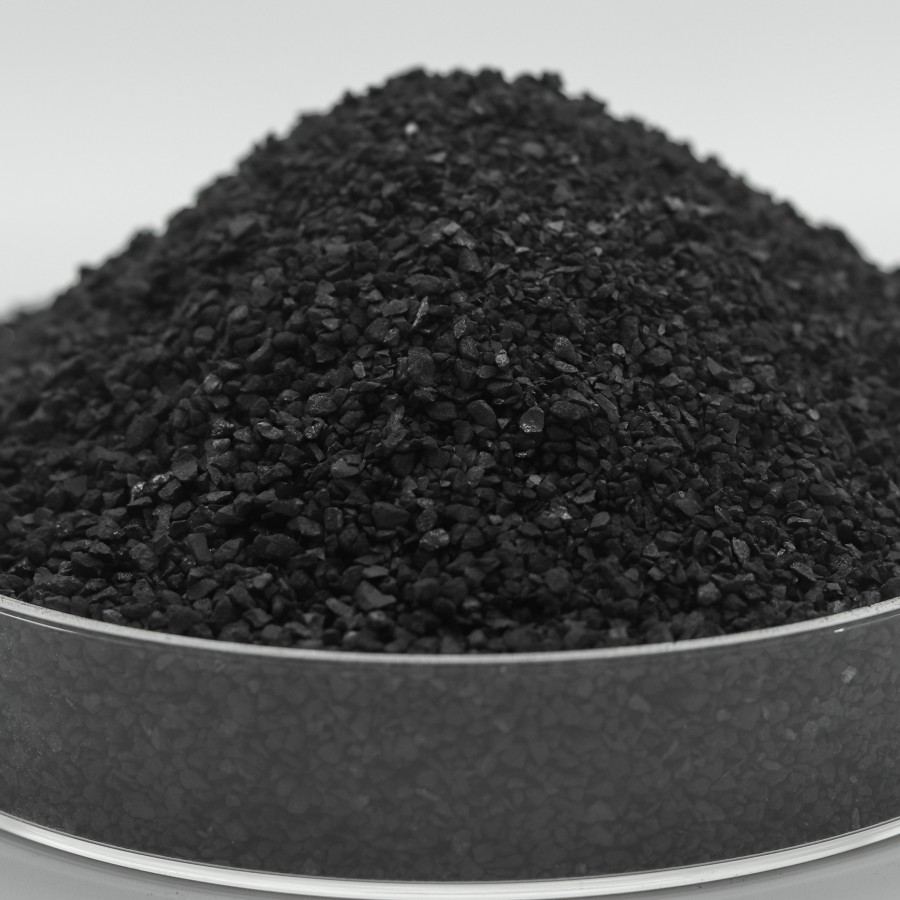
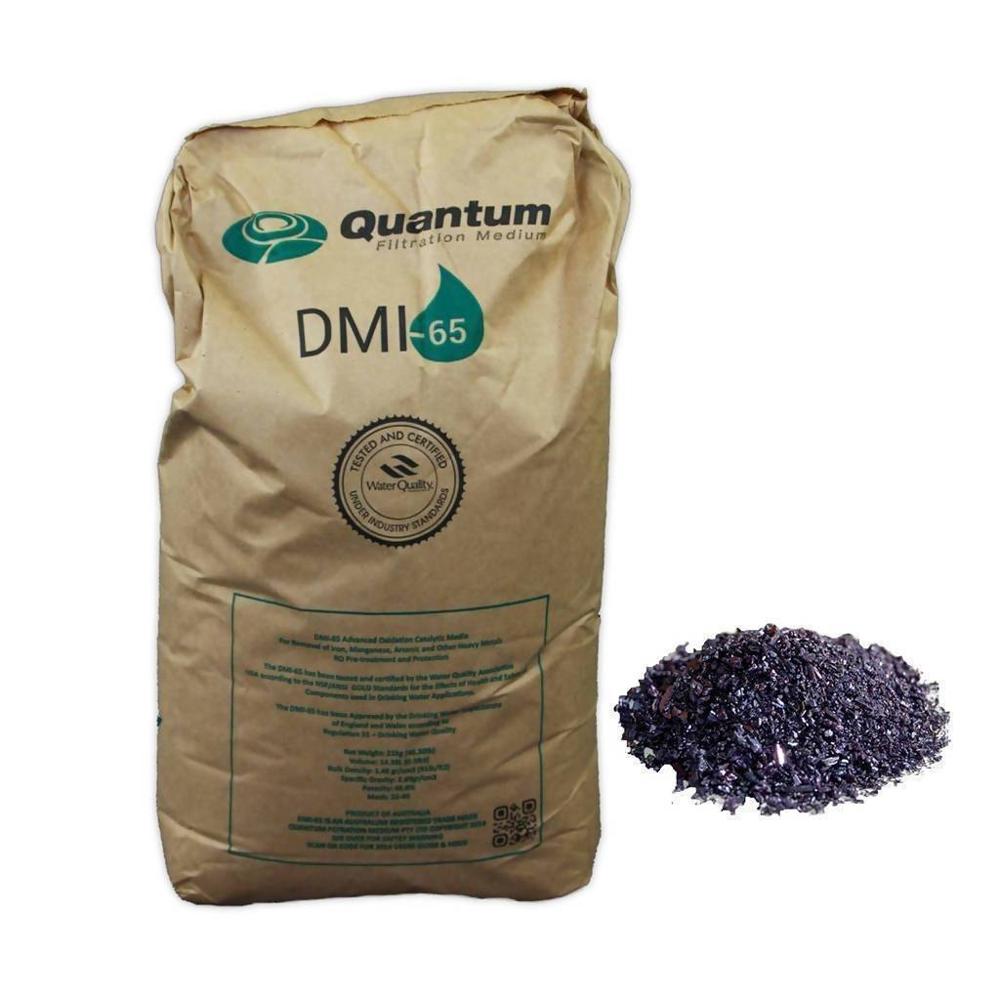


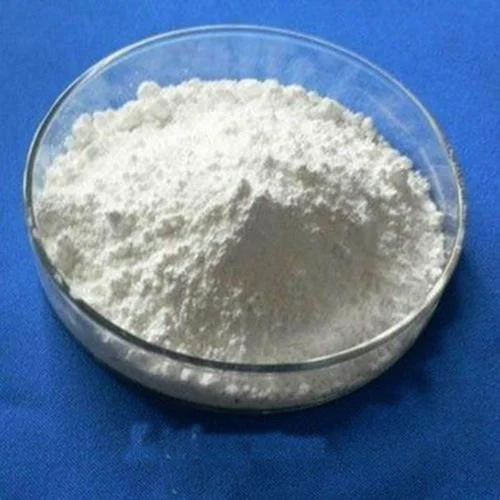
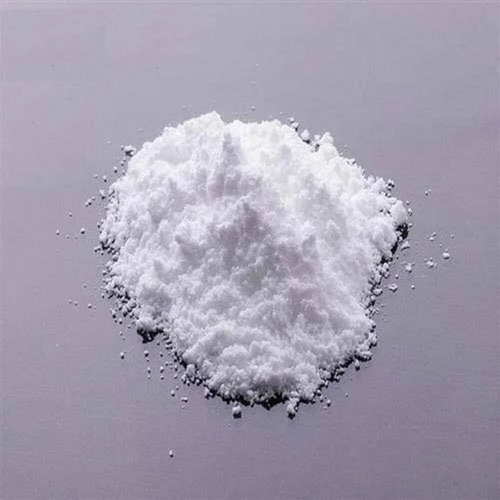
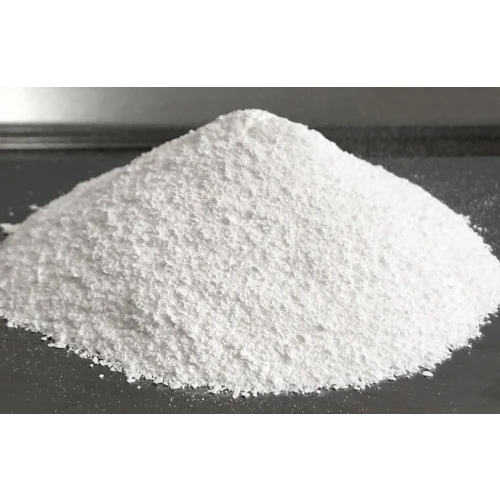
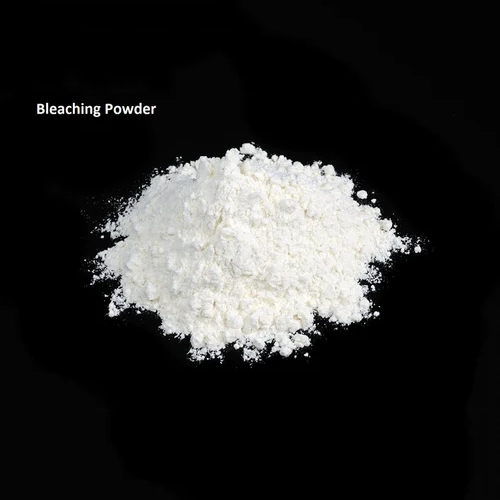


 Send Inquiry
Send Inquiry Send SMS
Send SMS Call Me Free
Call Me Free